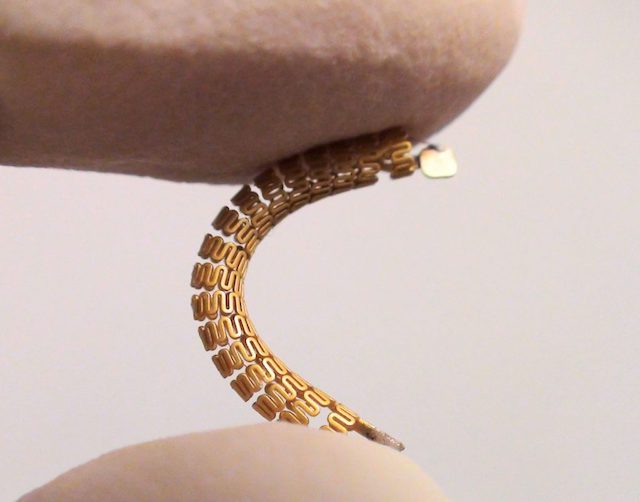
For every three people who have had a stent implanted to keep clogged arteries open and prevent a heart attack, at least one will experience restenosis.
In this condition, the narrowing of the artery happens again due to plaque buildup or scarring, and it can lead to additional complications.
In a recent study, a team from by UBC has developed a type of “smart stent” that monitors even subtle changes in the flow of blood through the artery.
It can detect the narrowing in its earliest stages and make early diagnosis and treatment possible.
The device uses medical-grade stainless steel and looks similar to most commercial stents.
The researchers modified a stent to function as a miniature antenna and added a special micro-sensor that we developed to continuously track blood flow.
The data can then be sent wirelessly to an external reader, providing constantly updated information on the artery’s condition.
The team says it’s the first angioplasty-ready smart stent because it can be implanted using current medical procedures without modifications.
X-rays such as CT or diagnostic angiograms, which are the standard tools for diagnosis, can be impractical or inconvenient for the patient.
Putting a smart stent in place of a standard one can enable physicians to monitor their patient’s health more easily and offer treatment, if needed, in a timely manner.
The team noted that monitoring for restenosis is critical in managing heart disease.
The device prototype was successfully tested in the lab and in a swine model.
Now the team is planning to establish industry partnerships to further refine the device, put it through clinical trials and eventually commercialize it.
The research is published in the Advanced Science.
Copyright © 2018 Knowridge Science Report. All rights reserved.



